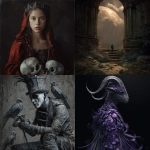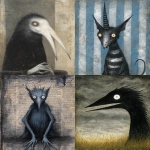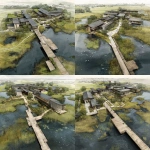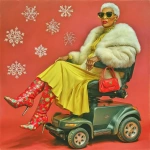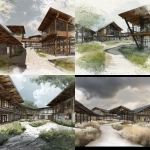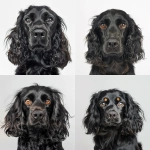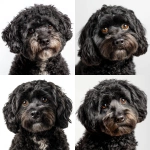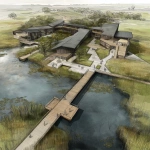Explore the Best AI Image Gallery
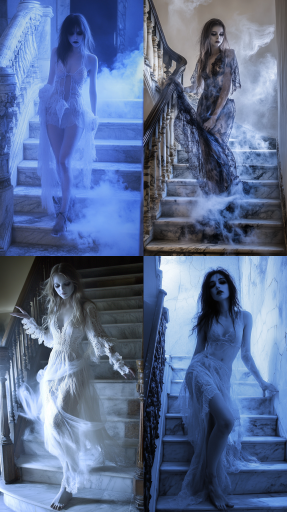
The New Frontier: AI-Generated Imagery in the Art World
In recent years, artificial intelligence (AI) has emerged as a revolutionary force in the field of art, leading creators to explore new paradigms in artistry and design. AI-generated imagery challenges our understanding of artistry, creativity, and authorship, sparking discussions that transcend the traditional boundaries of these concepts. As technology continues to evolve, it's imperative to consider the ramifications of AI-generated images on the creative industry.
The Impact on the Creative Industry
The introduction of AI into the creative sector has produced an array of innovative tools and applications that assist artists in their work. Amongst these are generative adversarial networks (GANs), a class of machine learning frameworks that can create new images based on vast datasets of existing artworks.
Artists today harness AI to develop original concepts and designs that would be time-consuming or even impossible to achieve manually. This collaboration between human and machine can be found in various forms:
- Artistic Collaboration: Many artists view AI not as a replacement but as a collaborator, offering fresh perspectives and ideas.
- Accessibility: AI democratizes the art-making process, enabling even non-artists to create compelling visuals with little technical skill.
- Inspiration and Exploration: AI tools can generate a plethora of styles and aesthetics, allowing artists to explore uncharted territories of creativity.
Potential Uses of AI-Generated Images
The versatility of AI-generated images extends across multiple fields, which speaks volumes about its potential applications:
- Fine Arts: Artists are increasingly using AI-generated imagery to enhance their portfolios, producing pieces that combine algorithms with traditional methods.
- Advertising and Marketing: Brands use AI to create unique visuals that resonate with targeted audiences, offering custom designs in real time.
- Video Games and Animation: Game developers utilize AI to create rich environments and characters, streamlining the production processes and enhancing user experiences.
- Film and Media: AI-generated imagery can be used for concept art, storyboarding, and even in post-production, allowing filmmakers to visualize their ideas more efficiently.
Ethical Considerations
However, the rise of AI-generated images is not without its challenges. Ethical concerns surrounding the use of AI in art demand careful consideration:
- Ownership and Copyright: With AI creating artworks based on existing pieces, questions arise regarding who owns the generated images and whether they can be copyrighted.
- Originality: The debate surrounding originality continues as AI can produce visuals that mimic the styles of legendary artists, leading to concerns about the dilution of authentic artistry.
- Creative Displacement: As AI tools become more integrated into the art world, there are fears that they might displace traditional artists or reduce the value of human-created art.
Future Trends
As technology progresses, the future of AI-generated images in art holds vast potential:
We might see further integration of AI in virtual and augmented reality platforms, where users can interactively create and manipulate art in immersive environments. Additionally, as AI becomes more sophisticated, it may be able to learn individual artist styles more effectively, leading to even more personalized and unique outcomes.
Moreover, educational institutions may adopt AI as a teaching tool, fostering a new generation of artists who can merge traditional techniques with advanced technology. Collaborations between technologists and artists will likely blur the lines between various art forms, enriching the creative landscape.
Conclusion
AI-generated images are not just a passing trend; they signify a profound shift in how we understand and create art. While there are valid concerns regarding ethics and creativity, the opportunities for collaboration, innovation, and expanding the boundaries of artistic expression are immense. As we venture further into this new frontier, the art world will continue to adapt and evolve, embracing the potential that lies at the intersection of AI and creativity.
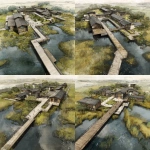
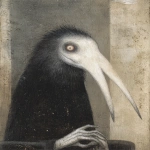



](https://images.ai-img.art/thumbnails/150/4c9c68becc73b14922ac55029bd5c4f700881f5b5d17adbf550dab36e3cc81b6.webp)
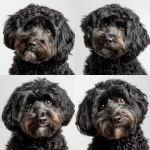
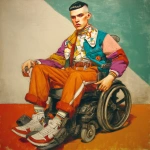
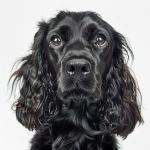
](https://images.ai-img.art/thumbnails/150/2ff105ce7f100c266fde0e63113798b17ef8c4836f02eda1d2bc3dd9dcc27929.webp)
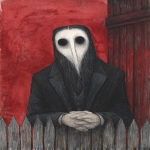

](https://images.ai-img.art/thumbnails/150/98359176a3cebe401a3fbe1080c7a4c225231f753dcca1bb018122c07110da26.webp)


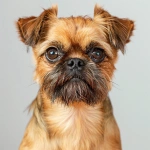

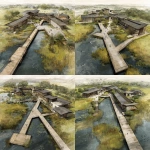
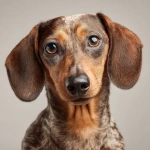
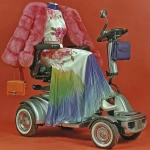
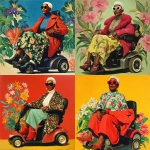

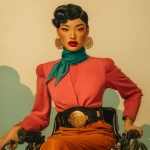
](https://images.ai-img.art/thumbnails/150/8ee3c6e7dfd063ad94a9e05b0a14723e643fad0b300cddee134a11afdf92e19d.webp)
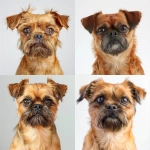
](https://images.ai-img.art/thumbnails/150/be43946713256e52e6584c5bc61c9fa513962683a2f91d850d6c03367f3f8f35.webp)
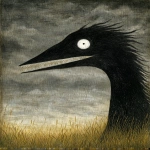
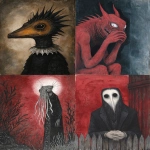


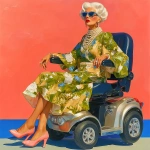
](https://images.ai-img.art/thumbnails/150/e06828477cb05f687a8e0c00fc196ee22bf20e84064a8ce6425a8f2670a6a3f2.webp)
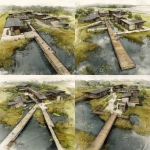
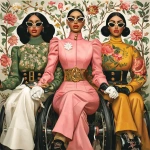
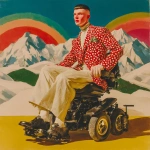
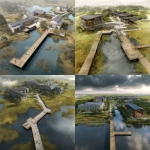
](https://images.ai-img.art/thumbnails/150/3c26f61d589d80ee22455916dcf4b5e16460963667f2273ac246195006311786.webp)
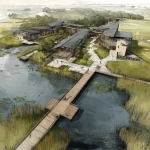
](https://images.ai-img.art/thumbnails/150/77574caa025ba55169d6a4ed26b8bcf28a7d3e87a032fa938e7627b2a1f71862.webp)

